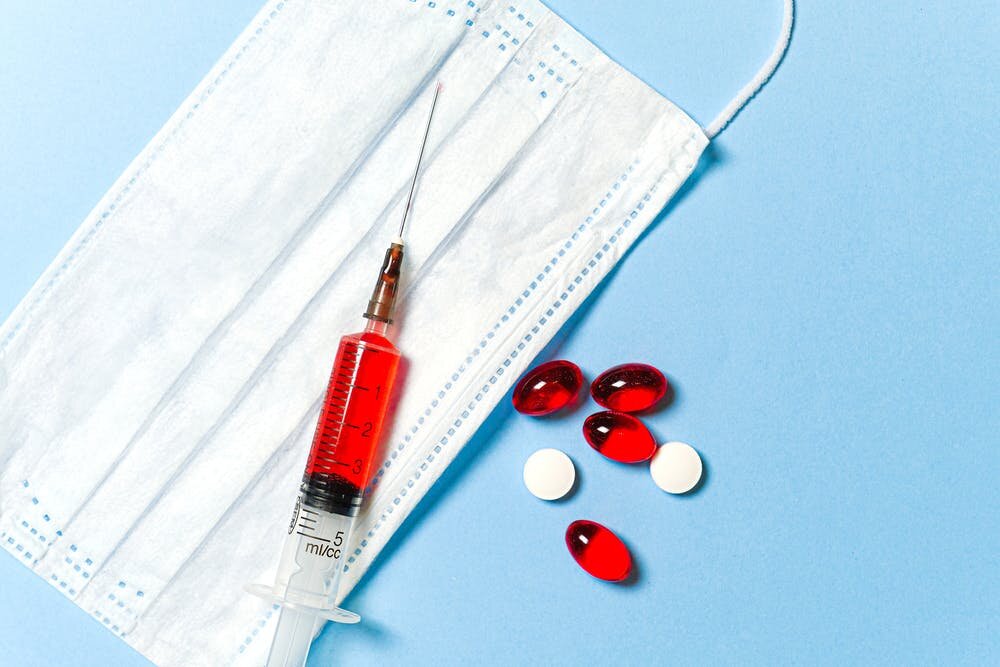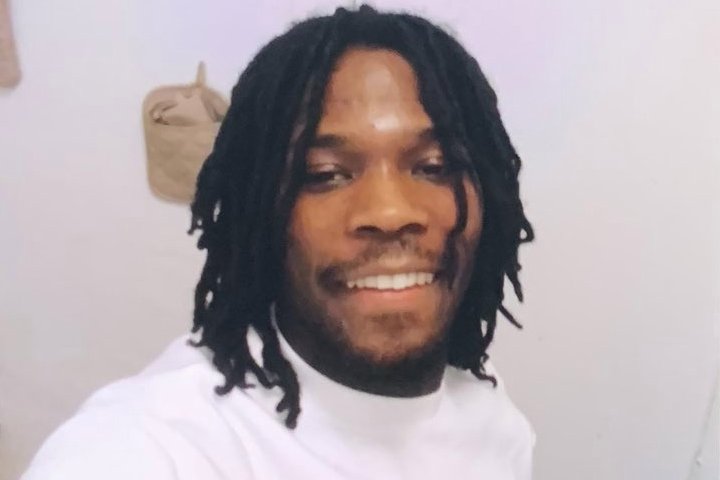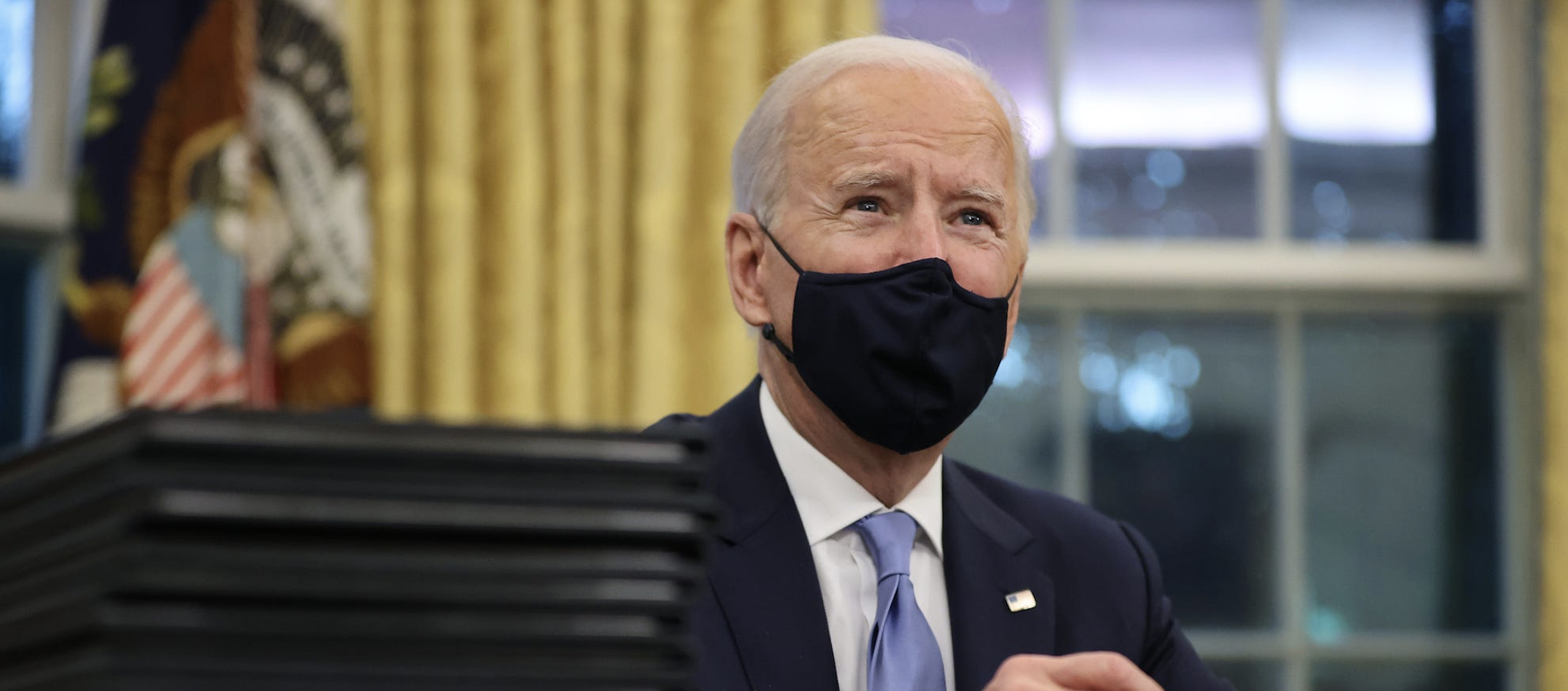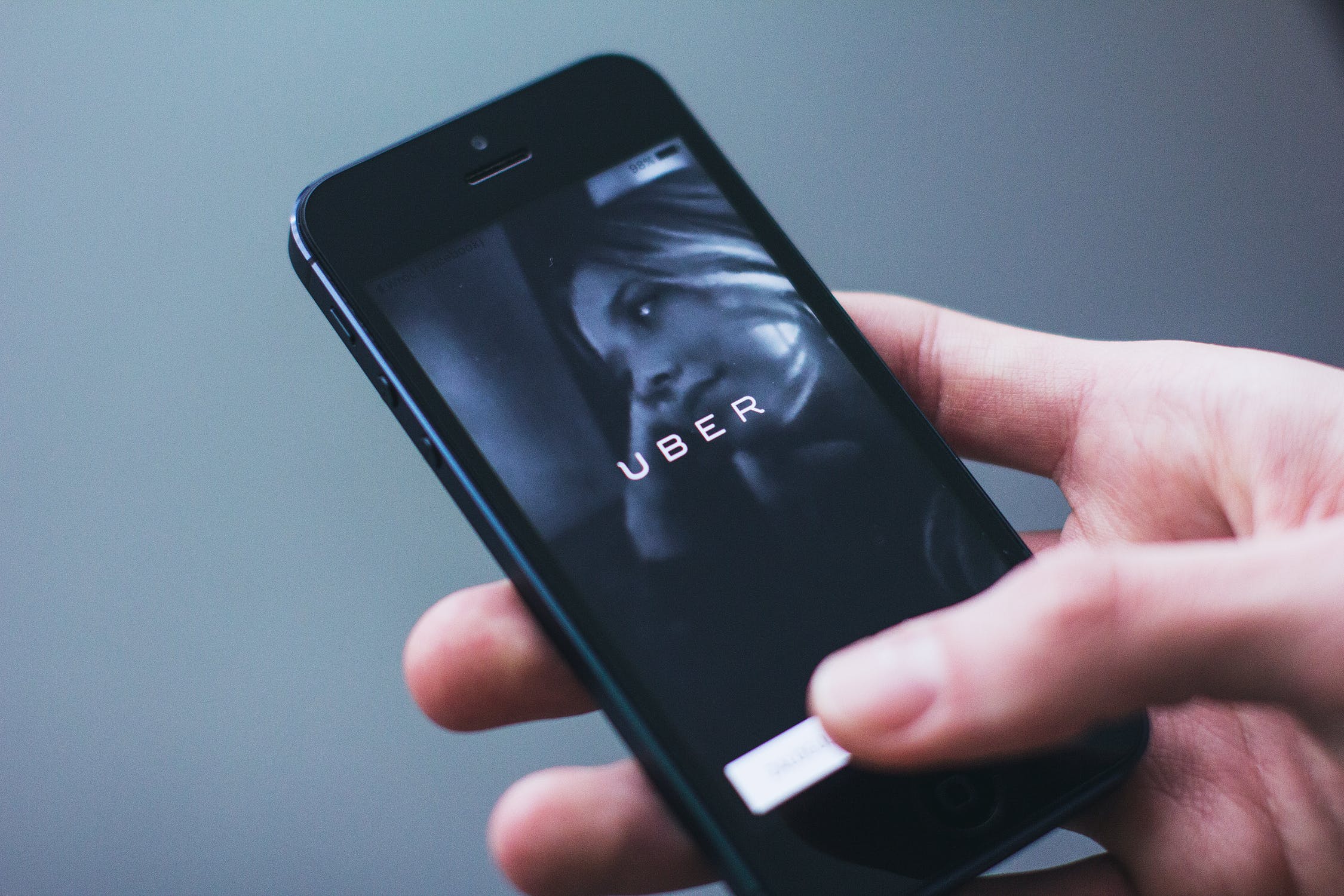Is the distribution of the COVID-19 vaccine already set to exclude BIPOC?
The collaboration between Pfizer and BioNTech has produced a vaccine that is up to 90 percent effective for the SARS-CoV-2 virus that wrecked this year. Production en masse has already begun and this week the first person not in a clinical trial, a 90-year-old woman named Margaret Keenan, was vaccinated in the UK.
Several countries are already in talks with the companies to purchase and distribute the vaccine in large numbers. While this is certainly a hopeful move, the accessibility of the vaccine depends on the distribution that is still skewed against the world’s most vulnerable populations.
Close to 350 million doses, or 80 percent of the total vaccines, have been purchased by the European Union, UK, US, and Japan while the Global South has been pushed to the back of the line. Initiatives like WHO’s Gavi-COVAX Facility are attempting to bridge this gap and help more equitable distribution but the rates of production will not be able to deliver enough vaccines for everyone. Besides the few Global North countries whose COVID stories have dominated media- the U.S., U.K., Italy, etc.- the list of worst affected countries and those with the highest unaccounted for death rates largely comprises densely packed, Global South nations like Brazil, Mexico and India. And this is only expected to get worse in the next year while vaccines might not reach many in those countries for years. In fact, 9 out of 10 people in “poorer” countries are likely to miss out on the vaccine.
Even when the vaccines reach them, however, there are other systemic barriers in place. The first is that cold and deep-freeze storage and transportation is required to distribute the vaccine because of the low temperatures it demands. This requires medical infrastructure that is not yet at place in parts of these countries, especially rural areas, a predicament only exacerbated by the fact that many of them fall under the tropics belt and have warmer climates.
For a place like Palestine, a bigger barrier is in place: the Israeli occupation. An EU-Israel deal has made Israel one of the first places to get a batch of vaccine doses in the region. However, this plan does not include the Occupied Territories of Gaza and the West Bank, meaning that Palestinians will not have access to a vaccine even though it is the most densely populated region in the world. Israel will also continue its blockade of medical supplies into Gaza, forcing it into a “catastrophic stage” of the pandemic.
Another level at which the disparity in vaccine distribution operates is domestically. If we consider the United States, data has unequivocally proven that Black and brown communities have contracted the virus and died from it at disproportionate rates. The vaccine is to be distributed in different phases and even within those phases, in a series of batches. The first batch of the first phase will be prioritizing residents in nursing homes and their carers, then frontline and social health workers as well as everyone over the age of 80.
But will hospital staff be included- those who aren’t doctors or nurses but still exposed to the virus on a daily basis?
Does my father, who has been a hospital janitor for 15 years and has spent the pandemic cleaning COVID patients’ rooms, count as a “healthcare worker” prioritized for the vaccine, or nah?
— Tina Vasquez (@TheTinaVasquez) December 8, 2020
These workers happen to be largely from Black and brown communities. The chair of the CDC advisory committee on vaccines, Jose Romero, claimed that yes, they would be among the first to receive the vaccination. However, one catch is that once federal institutions dispatch vaccines, it is truly up to the states and their governors to decide who is included in the definition of “healthcare worker.”
Another question is, who comprises the first-prioritized nursing homes? The high cost of living at these homes (the median annual costs are $100,000) means that they are made up of mostly older people of a certain socioeconomic status. Coupled with this is the statistic from the National Center for Health Statistics that reports that 75 percent of nursing home occupants are non-Hispanic white people, meaning that older white Americans will be bumped to the front of the line.
On top of that, the federal vaccination plan also requires that those filling out a survey or form to receive vaccinations would have to disclose personal information. This data could be shared with federal agencies like the Department of Homeland Security and U.S. Immigration and Customs Enforcement, which would be a great barrier for undocumented immigrants.
New York Governor Andrew Cuomo and a coalition of groups wrote a letter to Health and Human Services Secretary Alex Azar calling out the federal plan for this discriminatory feature and for neglecting Black, Brown, Asian and low-income communities by allowing private companies to mediate the distribution. The letter also proposed some modifications that would make the distribution more equitable. Cuomo said that should the plan remain unchanged, he would not hesitate to take this to court in a coalition with organizations such as the NAACP and National Urban League.
At the end of the day, while there are many parties willing to fight for a fairer recovery from a virus that has unfairly affected the most vulnerable populations around the world, the fact remains that even with alterations vaccine distribution is already skewed against certain groups, at both national and international levels.






